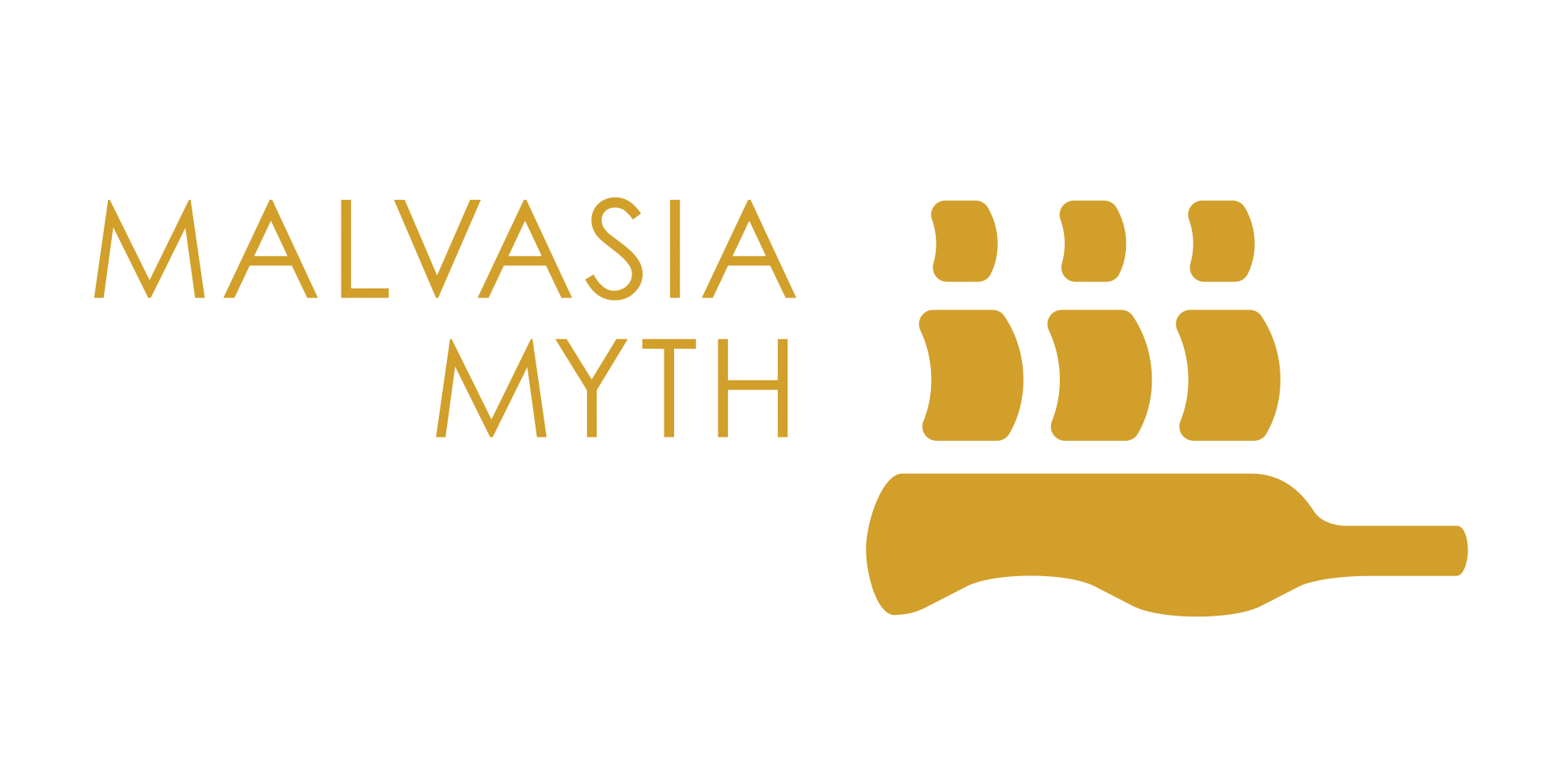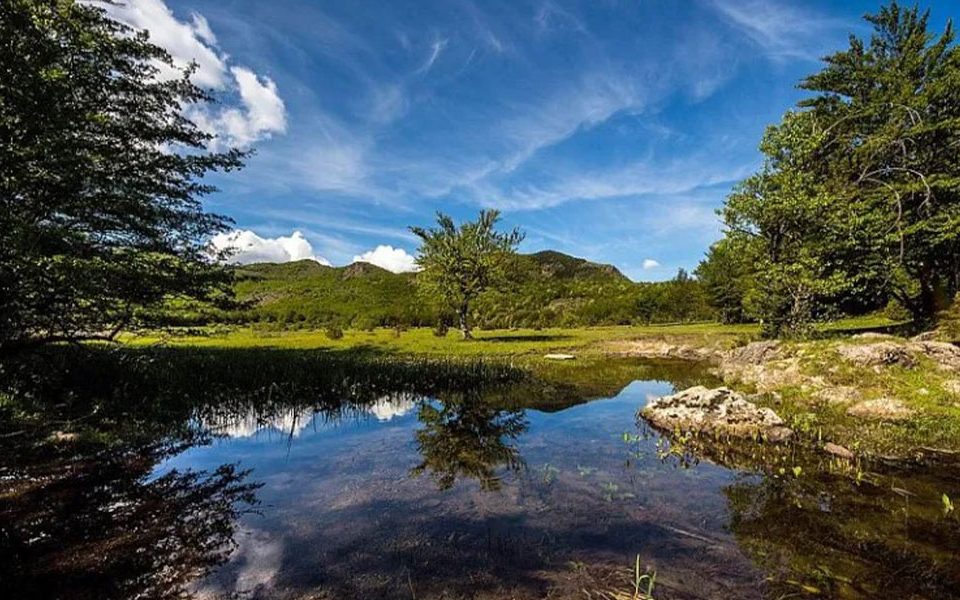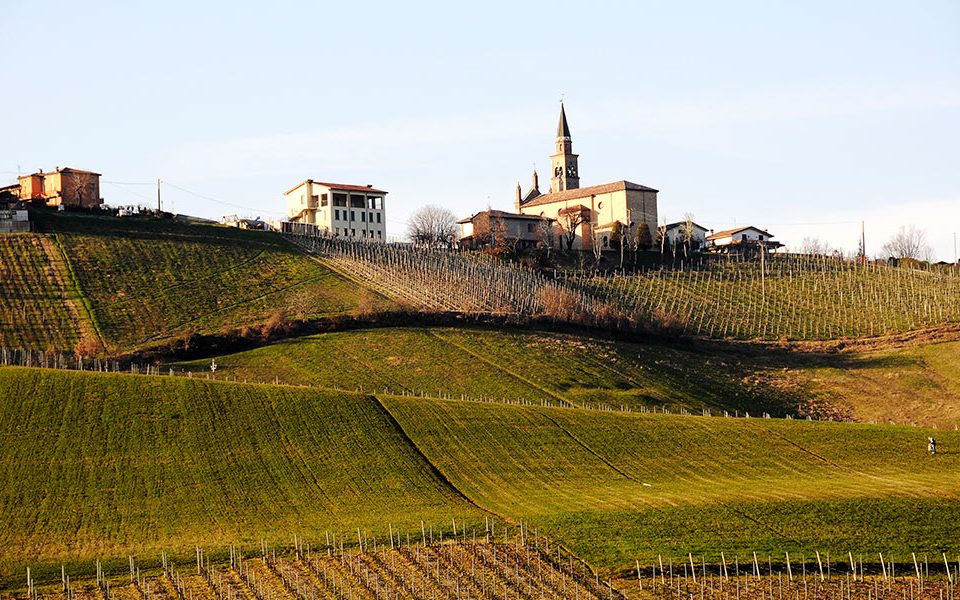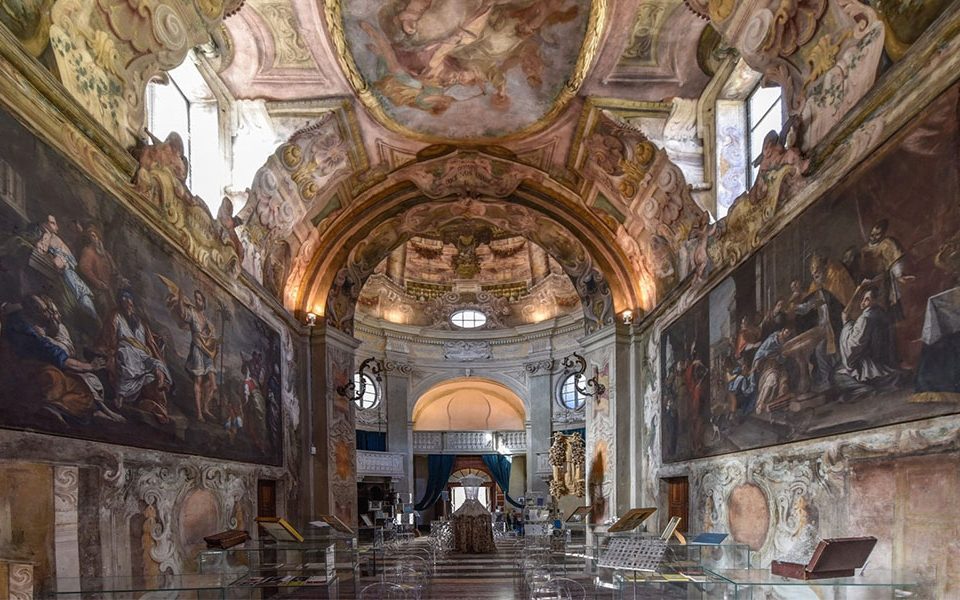From Val d’Enza to Val Parma
Malvasia, origins and traditions in history
Parma, Italy
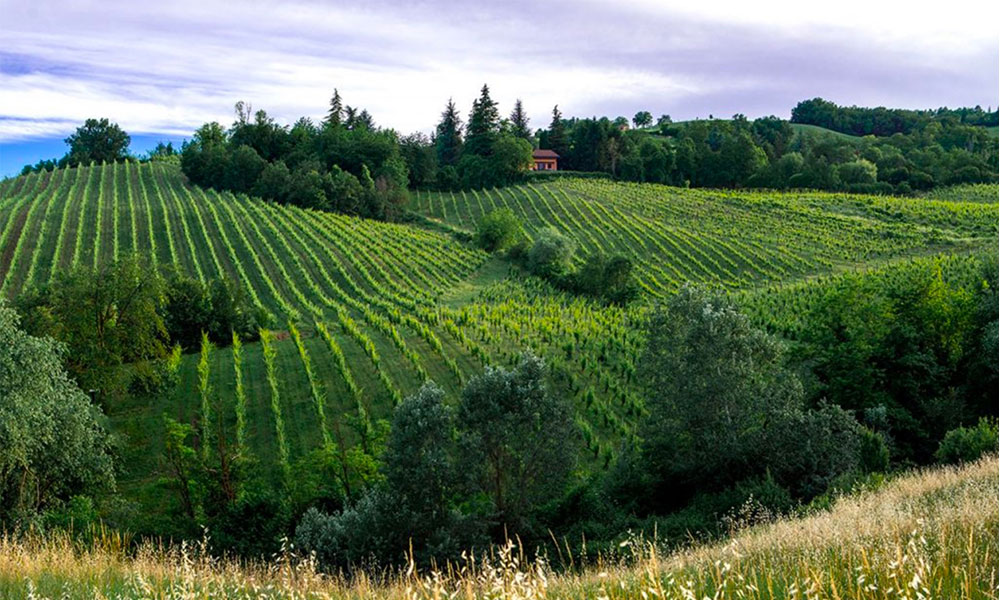
The itinerary starts from the Val d’Enza (valley of River Enza) on the border with the province of Reggio Emilia. Leaving the city of Parma, it goes along Strada Traversetolo in a southerly direction towards the hills of Traversetolo.
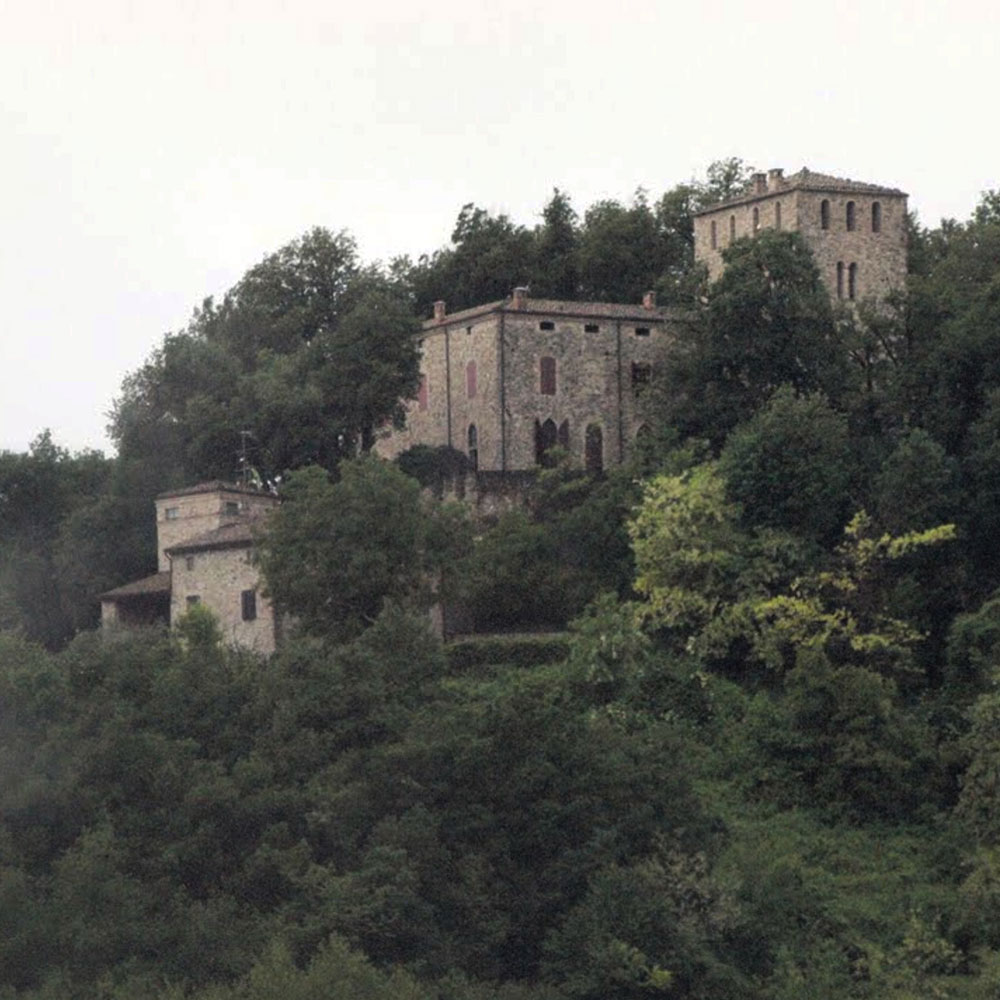
1.Guardasone
Once in the center of the town, we follow the signs for Guardasone, an important locality in the hills both from a historical and environmental point of view, with the presence of historic Malvasia vineyards.
The importance is evidenced by the presence of the Castle of Guardasone and the Tower of Montelugolo called Guardiola (watch point). The Castle overlooks the Enza river from a height and guards the entrance to the valley. The building dates back to the XII century and was connected to the Matildic castles of the province of Reggio Emilia. Given the strategic position, it was the scene of great battles for its conquest. A tower called Guardiola was built in 1300 to defend it. The Castle is also remembered because the poet Francesco Petrarca stayed there in 1341 during his return journey from Avignon, as a guest of his friend Azzo da Correggio. Today it is private property and its inner halls cannot be visited.
2.
The OINOE Società Agricola winery, (tastings with guided tours, accommodations (44.632007, 10.400998)) is located in Strada Ronconi 23 in Guardasone. Its vineyards extend to the borders out the woods. It is a cellar with a vision projected into the future, but respecting the identity of the grape variety and the territory, which produces Malvasia wines resulting from different types of winemaking.
From the cellar, the following paths start:
2.a
nature trails that give the opportunity to admire the area from a geological point of view with its characteristic badlands phenomena and the stratifications of the land that emerged with the retreating of the waters of the Po Valley ocean, and the discovery of marine fossils from that period. Educational panels have been installed along the routes, created in collaboration with Archeovea, the University of Parma, Sfera and with the contribution of the winery itself.
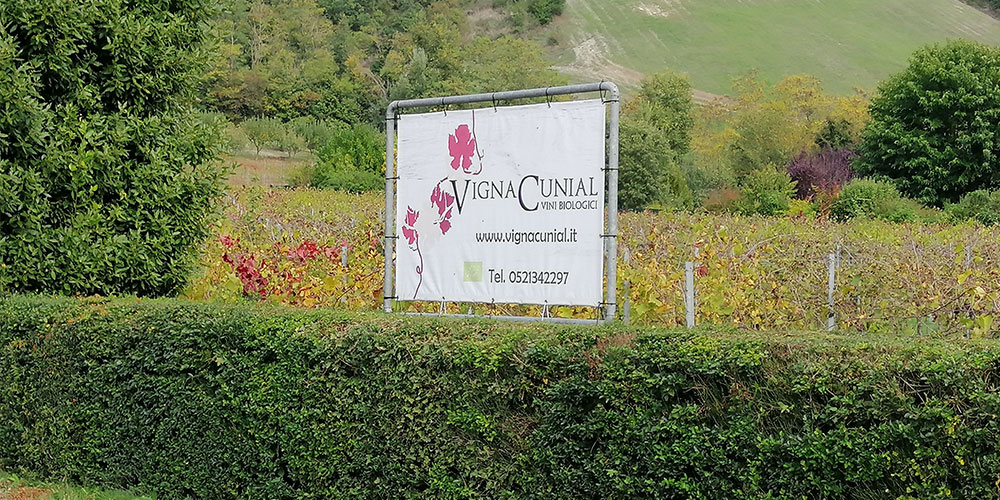
2.b
We head towards the Vigna Cunial winery in Via Valtermina 52/A Traversetolo (44.621913, 10.360980), visits with tasting).
Organic certified winery whose vineyards are located on lands of gully (calanchi, or badlands) origin. It cultivates the ancient variety of Malvasia di Parma or the "Mavasia Casalini" mostly known as Malvasia Odorosissima (extremely fragrant). It is an autochthonous vine of our province, and recent studies on the DNA of Malvasia di Candia Aromatica have shown it to be one of its parents together with another still unknown specie. It is produced in a sparkling version.
2.c
“Parco dei Barboj” (44.630414, 10.326580) which can be visited without timetables or access restrictions along the arranged routes. The name of dialectal origin means "muttering" or the noise that is heard near small volcanoes of cold mud created by the emissions of methane gases. Since the water is slightly salty, in the seventeenth century it was used to produce table salt and was also considered medicinal for skin diseases.
Also in Rivalta it is possible to visit the:
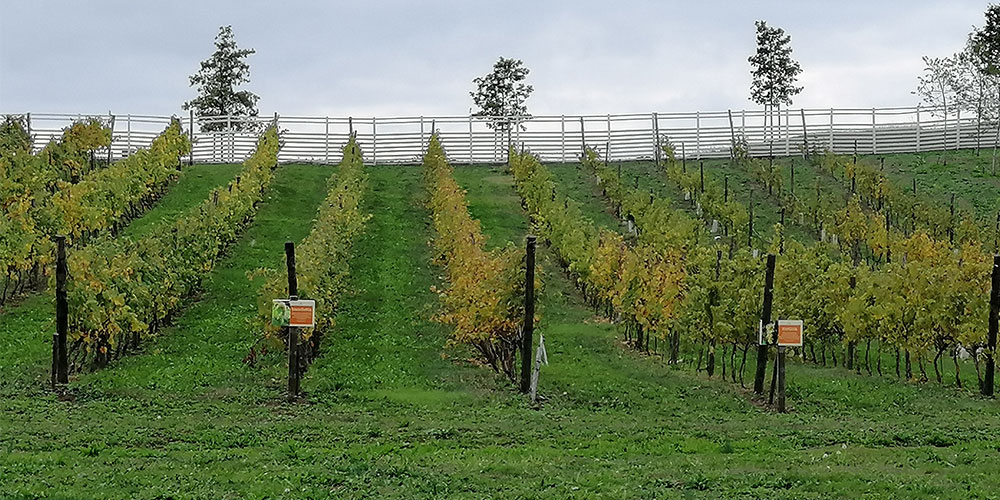
2.d
Agricultural Biodiversity Rural Park (44.631818, 10.324295) where a vineyard was created with ancient and rare native vines, including Malvasia Odorosissima, to allow its conservation over time
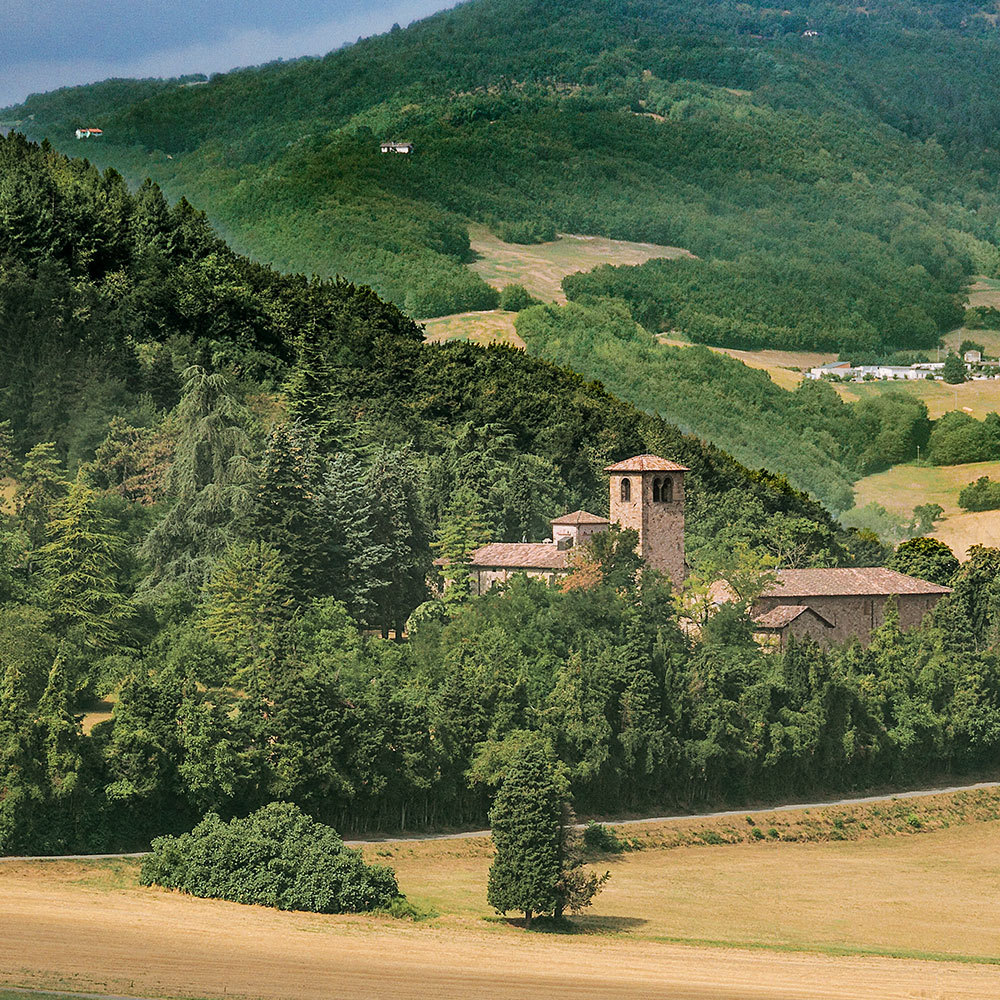
Continuing towards Lesignano in the direction of Langhirano, we enter deeply in the Val Parma, the most open valley in our province, also known for the production of Parma Ham and for the wind that comes from the sea (called Marino (sea) for this), so important also for the vineyards of the area.
3.Abbey of San Basilide
Abbey of San Basilide, known as Badia Cavana founded between the XI and XII centuries by Vallombrosa monks, an important resting place for pilgrims along the ancient Via dei Linari, the road that from Parma reached Tuscany passing through the Lagastrello pass.
Nearby it is possible to admire a monumental fig tree about 80 years old whose dimensions are among the largest in the province (44.592507, 10.268191).
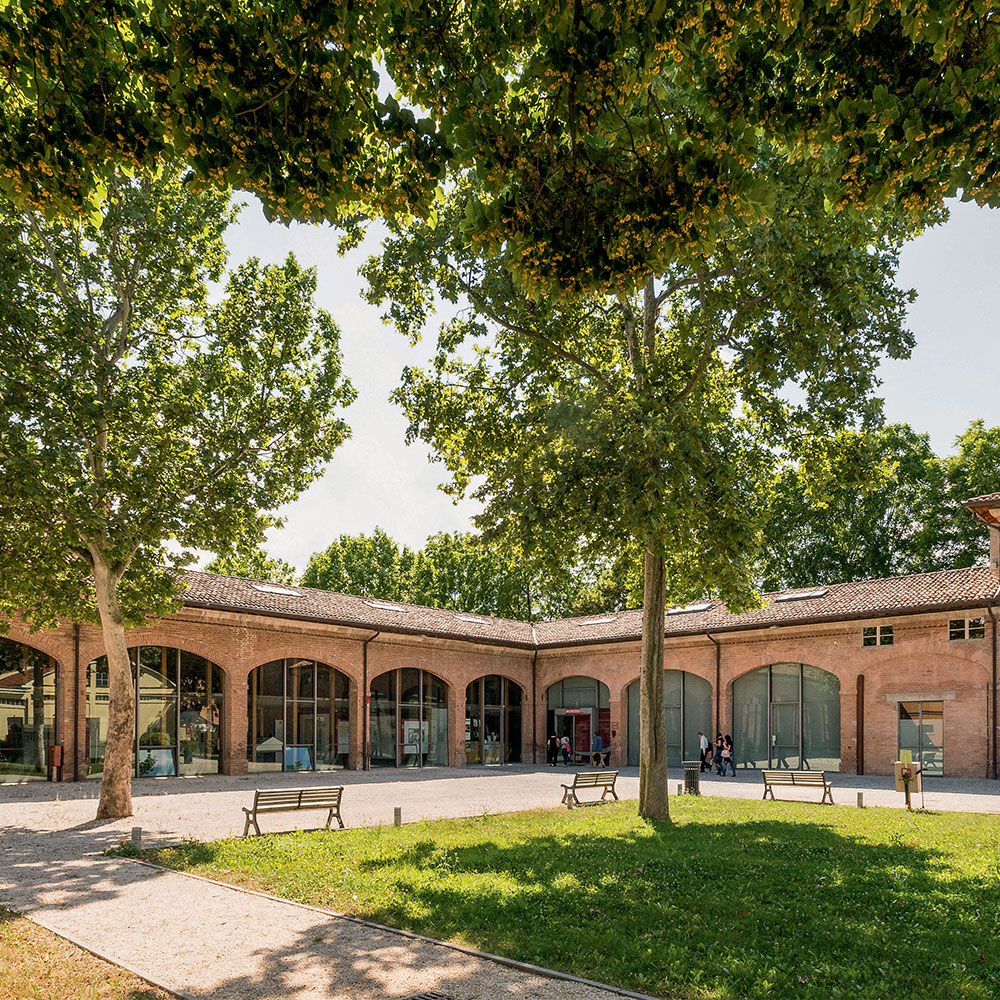
3.a.
From here we can reach the center of Langhirano (where it is possible to stop at the Prosciutto Museum) which is part of the Parma Food Museums circuit, offering visits and tastings. Then we take the Massese provincial road in a northerly direction to reach the locality of Torrechiara dominated by the monumental Castle.
